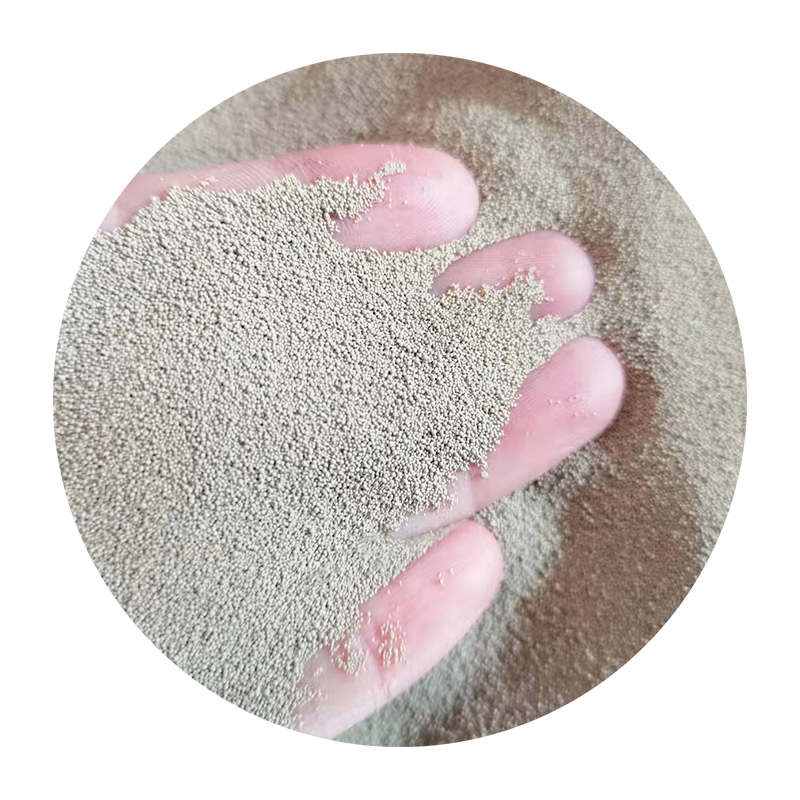The Impact of Foundry Sand Contamination Challenges and Solutions
Foundry sand, a critical component in metal casting processes, plays a vital role in shaping the manufacturing landscape. It is primarily made from silica and used to create molds and cores for the casting of various metals. However, the presence of contaminants in foundry sand can significantly affect the quality of the final product, the efficiency of the casting process, and, ultimately, the sustainability of foundry operations. Understanding the sources, effects, and potential solutions for foundry sand contamination is essential for maintaining industry standards and protecting the environment.
Sources of Contamination
Contamination in foundry sand can originate from multiple sources. One of the primary contributors is the recycled sand itself, which may contain impurities from previous casting operations. During processing, foundry sand can also accumulate dust, metal residues, oils, and other foreign materials that are introduced from various equipment and handling methods. Additionally, environmental factors such as air pollution can lead to the deposition of particulate matter, further degrading the quality of foundry sand.
Effects of Contamination
The consequences of contaminated foundry sand are far-reaching. Firstly, the presence of contaminants can adversely affect the physical properties of the sand, altering its permeability and cohesiveness. This can lead to defects in the mold, such as inadequate filling, gas traps, or even shell cracks during casting, ultimately compromising the integrity of the finished products.
Moreover, contaminants can affect the thermal responsiveness of the sand during the casting process. An improper thermal profile may lead to uneven mold temperatures, resulting in dimensional inaccuracies or surface imperfections in the casted metal. Such defects not only impact product quality but also increase waste and production costs, as defective parts require reworking or scrapping.
Contaminated foundry sand can also pose environmental and health risks. The release of toxic substances during the sand reclamation or casting process can impact worker safety and increase the likelihood of regulatory scrutiny. Furthermore, improper disposal of contaminated sand can lead to soil and groundwater pollution, causing long-term ecological damage.
foundry sand contamination

Mitigating Contamination
To address foundry sand contamination, several strategies can be employed. The first step is to implement stringent quality control measures throughout the sand handling and recycling process. Regular testing for contaminants can help maintain sand quality and ensure that only clean, suitable sand is used in production.
Moreover, investing in advanced sand reclamation technologies can improve the effectiveness of sand cleaning processes. Stricter filtration and separation techniques can eliminate impurities more efficiently, thus enhancing the recycling rate of foundry sand without compromising its quality.
Education and training of foundry personnel also play a crucial role in minimizing contamination. Providing workers with the knowledge and awareness of best practices for handling and processing sand can lead to reduced incidences of contamination.
Lastly, collaboration with regulatory bodies and environmental organizations can help in developing guidelines and standards for foundry sand management, ensuring both compliance and sustainability. Such initiatives not only enhance the quality of the produced castings but also promote responsible environmental stewardship.
Conclusion
Foundry sand contamination presents a significant challenge within the metal casting industry. Understanding its sources and effects is crucial for developing effective mitigation strategies. By implementing rigorous quality control measures, investing in advanced technologies, and fostering a culture of awareness among workers, foundries can tackle contamination effectively. This not only enhances product quality and operational efficiency but also supports sustainable practices that benefit both the industry and the environment in the long run. Through diligent efforts, the metal casting sector can continue to thrive while minimizing its ecological footprint.
Post time:ડીસેમ્બર . 11, 2024 09:09
Next:Exploring the Art and Science of Sand Casting Techniques and Applications
